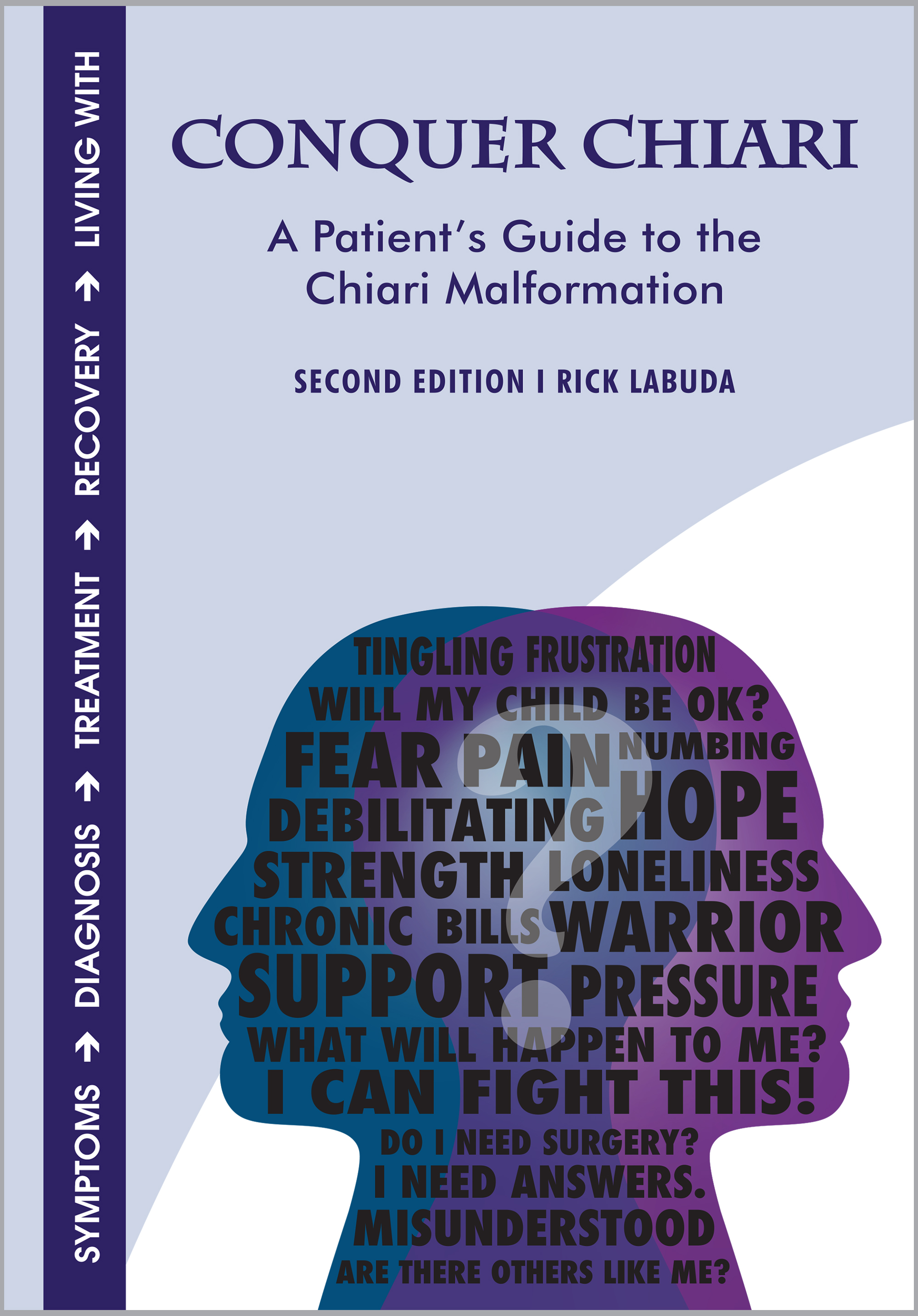



The event is free, but pre-registration online is encouraged. We will have a 5K walk (please walk at your fitness level), food, music, games, a bake sale and a raffle. Proceeds will be used to fund Chiari research, education, and awareness programs. Join us to help support the thousands of people struggling with this life changing diagnosis.
#Conquer chiari symptoms series
The Conquer Chiari Walk Across America is a series of local awareness and fundraising walks held across the country on the 3rd and 4th Saturdays in September, uniting patients and their families across the country. Chiari Malformation I (CM-I) is characterized as a structural anomaly of the posterior fossa with resultant downward herniation of the cerebellar tonsils through the foramen magnum 1.

However, there is a serious lack of research and awareness as to its causes, diagnosis, and treatment. It is estimated that 300,000 people in the U.S. Patient and physician education about CM I may permit early intervention and the prevention of further deterioration and patient suffering.Chiari malformation is a serious neurological disorder where the brain is compressed in the back of the skull and and descends into the spinal cavity, causing pain and a number of other symptoms. Conquer Chiari does not endorse specific physicians or medical facilities. Methods: Sixty-five pre-surgical factors were selected from the self-report history questionnaires (12 variables, N653. The goal of this study was to assess if a broad array of factors is predictive of patient reported surgical impact on symptoms. CM I can be a challenging condition for patients and physicians, during both the search for diagnosis and management of symptoms. 2 Conquer Chiari Research Center, Department of Psychology, The University of Akron, 302. Fear was the most frequent emotion elicited at the time of correct diagnosis (42.19 %). Common misdiagnoses were classified as psychological (19.26 %) and neurological (19.26 %). CM I diagnosis was found incidentally for 24.87 % of participants. Average time to diagnosis from first physician visit to diagnosis was 3.43 years, and only 8.46 % of patients had previous awareness of CM. Neurocognitive comorbidities included memory difficulties (43.88 %) and aphasia (43.75 %) and psychological disorders such as depression (31.77 %) and anxiety disorders (19.92 %) were reported. Pain was the most frequently reported symptom (76.69 %) experienced prior to diagnosis with headaches implicated most often (73.44 %). Participants were 768 individuals with CM I and were predominantly female (86.8 %) and Caucasian (93.8 %) with an average age of 35 years. Analyses included descriptive statistics to study body system impact and patient diagnostic experiences. The current research is one component of a large investigation designed to collect information from individuals with CM through the online Conquer Chiari Patient Registry questionnaire. This study reports from the only national, online patient registry available, the symptoms, comorbid neurocognitive and psychological conditions, and diagnostic experiences of patients living with CM type I (CM I). Chiari malformation (CM) is a condition in which cerebellar tonsillar ectopia may manifest with various clinical presentations.


 0 kommentar(er)
0 kommentar(er)
